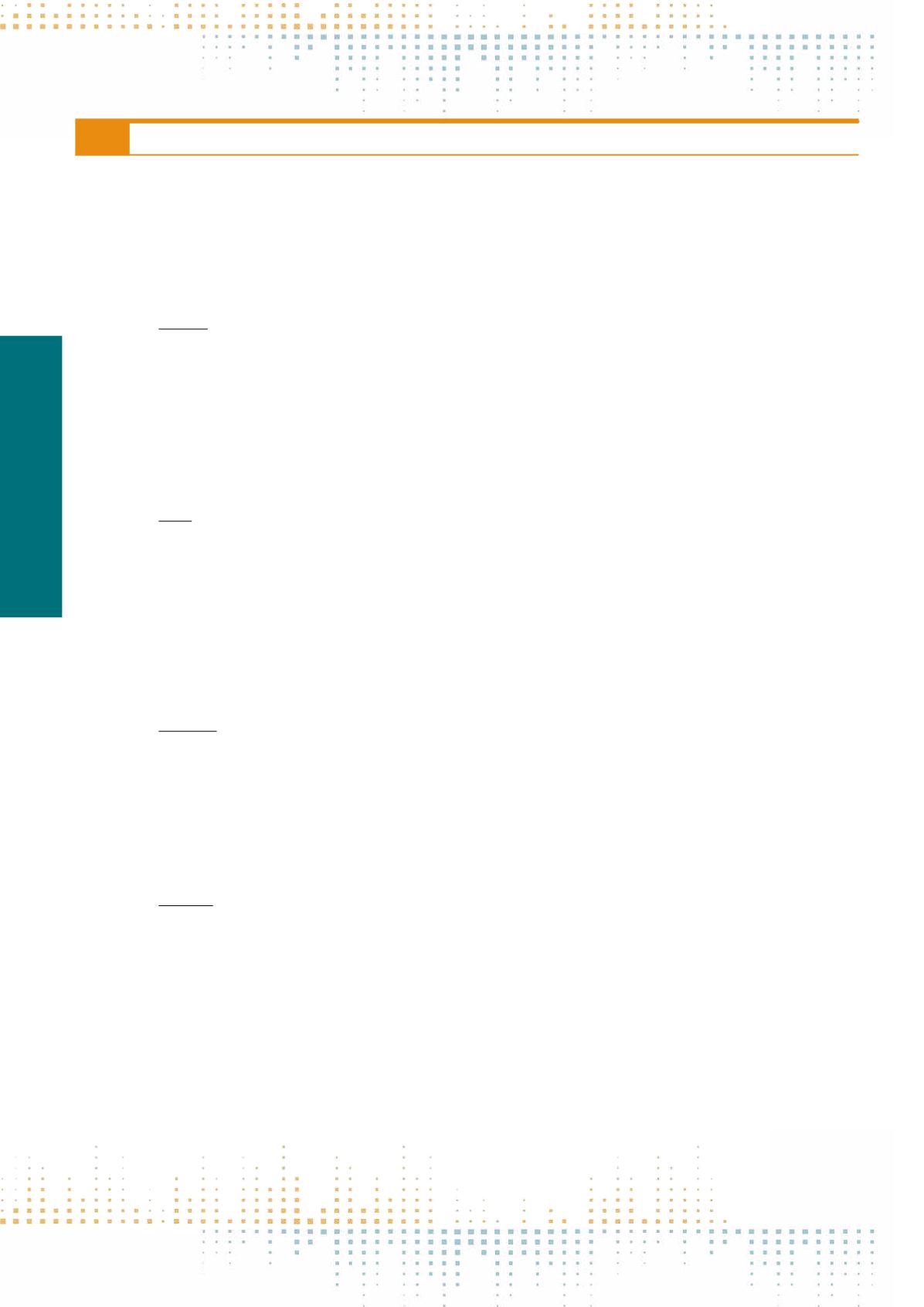

636
Thursday, November 10
1 4 : 3 0 – 1 6 : 0 0
SPC04
IAMCR Special Panel: Cultural &Political Mutations and Communication–NewDiscourses andNewTerritorialities
G. Murdock
1
1
Loughborough University, Loughborough, United Kingdom
This panel represents an assortment of presentations by members of the International Association for Media and Communication Research (IAMCR). It is
organized under the title, "Cultural & Political Mutations and Communication: New Discourses and New Territorialities,” which is the theme of our next
conference in Cartagena, Colombia, in July 2017. Presentations will include specific reference to this theme by the conference organizer, plus presentations
that address some of the issues studied by IAMCR members, including mediatization, media diversity and pluralism, and media and human rights.
PN 110
Cultural & Political Mutations and Communication: New Discourses and New Territorialities
A. Cadavid
1
1
UNIMINUTO, Bogota, Colombia
We are increasingly subjected all round to phenomena, changes, dynamics, tendencies, and trends which we perceive as complex. Many of these changes
and dynamics, —though certainly not all—, explode, arrive, or come upon us in rather unpredictable ways. Communication now is hardly what it was.
We are closer now to a theory of social practice that sees communication as a part of any and every endeavor by which we interact with others, it is now
a political practice and part of the“political”as it creates new social realities. This is to examine and discuss these new territories of the political, their social
and cultural effects, and the mutations that they have produced in the communication processes, that is: a rethinking the idea of communication itself,
according to current emergent and complex practices.
PN 111
Mediatization Research: Changing Media, Changing Everyday Life, Social Relations, Culture and Society
F. Krotz
1
1
University of Bremen, Bremen, Germany
In former times, the media system of a society consisted of single independent media like books, newspapers, radio, photography - different by historical
development, by technology, by content and aesthetic forms, by use of the people and differently embedded in society and economy. Today the media are
swallowed by a computer controlled digital infrastructure and reconstructed as hardware/software systems with different features. In addition, there are
more and more further hardware/software based media services like Whatsapp or Facebook – they bundle human symbolic interactions, which more and
more are also taking place there. The presentation will discuss this and some consequences for the people and for democracy, for example only controlled
and selective access to knowledge and information, changing forms of processing individual experiences. Further we will draw some conclusions: Media are
chances and risks, but the actual organization of this infrastructure depends mostly on technology and economy, thus needing more civil society.
PN 112
Old Wine in New Bottles: Diversity and Pluralism in the European Audiovisual Single Market (Netflix, Filmotv.fr, Wuaki.tv)
L. Corredoira
1
1
University of Complutense, Madrid, Spain
In the Digital Single Market of online video content there is no way back. My study will be focused on how AVMSD (Directive 2010/13/EU on Audiovisual
Media Services) could update the Audiovisual regulation, fostering pluralism and diversity of audiovisual culture. Issues around the AVMSD reflect numerous
hot-button topics now affecting digital content delivery, including the challenges of a single market, copyright, geoblocking, movie platforms, competitive‑
ness, and cultural quotas. Without any doubt the arrival of Video-Movie online platforms from outside the EU (Netflix or Amazon Prime Video -so far, n. 1 in
Deutschland-), as well as the development of European VoD or catch up TV, are a good opportunity to mutual enrichment.
PN 113
The Institutionalization of Visual Knowledge and Its Implications for Human Rights
S. Ristovska
1
1
University of Pennsylvania, Philadelphia, USA
This paper examines how and to what ends video shapes the current recognition and restitution of human rights claims. Images have long been at the heart
of human rights work. They have been pushed, though, to the background of institutional thinking, which privileges words over images as presumed vehi‑
cles of dedicative reasoning and deliberation. Visuals have consequently figured as an illustration on the side or an afterthought in the institutional calculus
that supports human rights in various ways. Journalism, the law and politics have been among those institutions to sideline images, albeit differently. Yet,
at this time of cultural, social, financial and technological challenges, these separate institutions are all turning to the visual knowledge provided by video.
As videos shot by civilians, activists, NGOs and even terrorist groups and perpetrators of violence are becoming the key data of difficult new events, dis‑
cussed by governing bodies and utilized in courts, video is attaining an institutional legitimacy. This paper therefore seeks to understand how institutional
environments, as we know them, are changing through their adoption of video, and what this shift suggests about the status of evidence and human rights
work today.



















